This module introduces students to proteins, crucial to all life and life processes, and the amino acids from which they are made. If combined with the DNA Discovery module Amino acids and Proteins should be done first.
*Students must be able to read well enough to recognize the amino acid names
**If using the more difficult Memory Game option and molecular models
Supplies
Disclaimer: We have no financial ties and receive no financial support or free/discounted supplies from any company mentioned in this activity. All recommendations come from our personal experience. We make no money from any links we include.
- Pencils — One per student plus extras
- Erasers (optional)
- Amino acid charts — One per student
- Amino Acid Quest question sheet
- Card game print outs — (see this post on making cards)
- Molecular models (if available):
Children enjoy making molecular models. It takes a lot of atoms to make all 20 amino acids at the same time (197 H, 107 C, 49 O, 29 N, and 2 S), but if you have the components to make at least three you’ll have enough for a station. Suggested types are Molymod — available from Carolina Biological (includes a 20 amino acid set), Amazon, Indigo Instruments (offers individual atoms), and Educational Innovations, among others — and Thames and Kosmos “Happy Atoms”, available from Amazon, HappyAtoms.com, and others. See our Toolbox post on molecular models for younger kids.
Typical “student” molecular model kits usually have only enough atoms to build a single, simpler amino acid model. There simply aren’t enough carbon and hydrogen atoms. While Carolina Biological Supply offers a kit that builds all twenty amino acids, for a less expensive option consider purchasing the Molymod fat model kit (Carolina Biological Supply), a cost affect way to obtain many carbon and hydrogen atoms, and any additional atoms required individually from Indigo Instruments.
Printables
Printable versions of the game cards, amino acid charts, peptide bonding diagrams, and question sheet can be downloaded using the button below. Instructions for preparing the cards and how many of each to print are included on an instruction card at the end of each file.
Preparation
Print one copy of the amino acids chart per student. They will bring this sheet with them throughout the activity.
Enter student names, and each student’s starting station. This will help you keep track of where students should be for each rotation, and restore sheets their owners when left behind.
Memory
Younger Students: For first through third grade students, use the names-only version. Divide them into two groups of ten amino acids each. To avoid having similar looking names in the same group put Arginine, Aspartic Acid, Lysine, Glutamine, and Threonine in one group, Asparagine, Alanine, Leucine, Glutamic Acid, and Tyrosine in the other. Arrange both groups into five by four arrays. If students complete one array in less than the time allotted you have the second array ready and waiting to be played.
Older students can use the full set, matching names to R-chains. To avoid having similar looking R-chains in the same group put Glutamic Acid, Asparagine, Phenylalanine, Serine, Leucine, and Tryptophan in one, Glutamine, Aspartic Acid, Tyrosine, Cysteine, Valine, and Histidine in the other. This version will take longer to play since children will have to refer to their amino acid charts each turn.

Go React & Misfolded Protein
Print out copies of the amino acid “Go React” (a.k.a. Go Fish) or “Misfolded Protein” (a.k.a. Old Maid) cards.
Molecular Models
Print and cut apart one copy of the Go React/Misfolded Protein cards. Make a deck composed of one copy of each of the amino acids. A version of model-building cards with stick-and-ball pictures — which are easier for younger kids — is also included in the printouts. Choose whichever best suits your group’s needs. Print the peptide bonding diagrams.
Amino Acid Quest
Print a question/answer sheet for the station volunteer, and provide blank sheets and pencils to record student generated questions.
Running the Module
Introduction (≤10 min)
Gather the students together, and briefly explain all the ways proteins work in their bodies.
You’ve all learned that proteins are important nutrients. Life is not possible without proteins. Proteins accomplish many functions important for all life. They are…
- ENZYMES build and break down molecules. Without enzymes, digestion, growth, and many other processes would take place too slowly to sustain life. Lactase is an enzyme that allows us to digest lactose, the sugar in milk. Without enough lactase, a person becomes “lactose intolerant”.
- STRUCTURAL proteins strengthen our cells and tissues. Collagen makes up nearly one fourth of all proteins in our bodies, and is found in our bones, cartilage, tendons, ligaments, and skin.
- SIGNALING proteins allow cells to communicate with each other. These proteins include signals, receptors, and relays, which together get information from one cell to another. Insulin is a signaling protein that regulates the amount of glucose in our blood. Without enough insulin, a person can develop diabetes.
- REGULATORY proteins turn genes on and off, controlling when our bodies make new proteins. Androgen and estrogen receptors control the genes to begin puberty.
- TRANSPORT proteins move nutrients and other molecules throughout the body. Hemoglobin carries oxygen from our lungs to our cells.
- SENSORY proteins help us detect light, sound, touch, smell, taste, pain, and heat. Opsins are proteins required for vision.
Proteins are chains of amino acid molecules, joined together by peptide bonds like a string of beads. Very large proteins can have several thousand amino acids. Short chains of less than thirty amino acids are called peptides. A cartoon of the peptide bonding process if shown below (click to enlarge). The peptide bond forms when one amino acid gives up a hydrogen atom, and another gives up an OH to join the amino acid with a peptide group and release a molecule of water.
Twenty different amino acids make up the proteins in our bodies. Some of these are made inside our bodies from the foods we eat. Nine our bodies cannot make, called the essential amino acids, and must be obtained from foods we eat. That’s why we need to eat a variety of protein-rich foods every day.
Activity Stations
Distribute the amino acid charts and pencils.
Using the large amino acid diagrams or the amino acid sheets, show the students how to read the chemical models. Tell them that the letters stands for an atom (C = carbon, H = hydrogen, N = nitrogen, O = oxygen, S = sulfur) and that the dashes are atomic bonds between them (the atoms are connected together through these bonds, like Lego blocks). The hexagons are a simpler way of drawing six carbon atoms connected in a ring (with their associated hydrogens).
Help the children find the three parts of an amino acid. Explain that the R chain is a group of atoms unique to each amino acid. Point out the alpha carbon. Choose one amino acid, but not proline or glycine. Suggest that students put an “X” on the amino atoms and another “X” on the carboxylic acid atoms, then circle the remaining atoms (R chain) attached to the alpha carbon. Allow students to continue to find R-chains on their own, reserving 42 minutes for the rotations. Volunteers can assist students needing a bit of help.
Then send the students to the station indicated on their sheets. Point out the station locations, and remind them to go to stations in numerical order on the signal, station four going to station one.
Allow ten minutes per station.
1. Memory
If students finish the first 4×5 array before time is called have them start the second. Just be sure not to get the cards for the two arrays mixed up between rotations. (Running Memory games)
2. Amino Acid Quest
At this station, the volunteer will ask the students questions. The students will use their amino acid charts to determine the answers. Starting questions (and answers) are included in the provided printout. If the students finish before time is called challenge them to come up with new questions. You can include these in subsequent rotations.

3. Misfolded Protein Game
This game is played the same as the game Old Maid.
In order to function correctly, the building blocks proteins must be folded into specific positions (just like origami). If they are misfolded, they can’t fulfill their intended functions and are normally disposed of by the body. Prions are misfolded proteins that can cause other proteins to misfold themselves! This is exceptionally dangerous and is the cause of a variety of fatal diseases. No wonder no one wants to be stuck with the Misfolded Protein card!
4. Model Building (or “Go React” if no models are available)
If you have enough models to build at least eight amino acids at the same time connect models as they are completed with peptide bonds to form a growing peptide chain. Let students choose a card for the molecule they’ll build. If they don’t finish, use the card to identify the partially finished model for the next rotation to complete. Remove cards as time goes on when components have been used up, for example, remove cysteine and methionine when there are no more sulfurs. If you run out of components altogether take apart models from prior rotations.
If you have enough model pieces, you can optionally have students choose a specific protein to build, rather than random peptide chains. Unfortunately, most notable proteins are too large to be practical for this activity, but a few smaller naturally occurring proteins are listed below:
| Protein | Composition | What is it? |
|---|---|---|
| Glutathione | Glu-Cys-Gly | Found in most mammalian cells, it stimulates tissue growth |
| IPP Lactotripeptide | Iso-Pro-Pro | Derived from casein in milk, it promotes healthy blood pressure |
| VPP Lactotripeptide | Val-Pro-Pro | As above |
| TRH | Glu-His-Pro | Hypothalmic neurohormone, it governs the release of thryotropin, the thyroid-stimulating hormone |
| Tuftsin | Thr-Lys-Pro-Arg | Involved with leukocykes, the infection-fighting cells in blood |
| Endomorphin 1 | Tyr-Pro-Trp-Phe | An opiod component |
Conclusion (Optional)
You can skip a formal conclusion, unless you had enough molecular model components to build and connect several amino acid models via peptide bonds. In that case give students the opportunity to observe the peptide model.
How did your young biochemists do? Did you make any tweaks to the activity that worked well for you? We’d love to hear from you! Drop us a note or leave a comment!
Updated 2 November 2021 (fixes to various printouts and the zwitterion diagram)
Updated 7 November 2021 (Added stick-and-ball version of model-building cards, clarified two Amino Acid Quest answers)
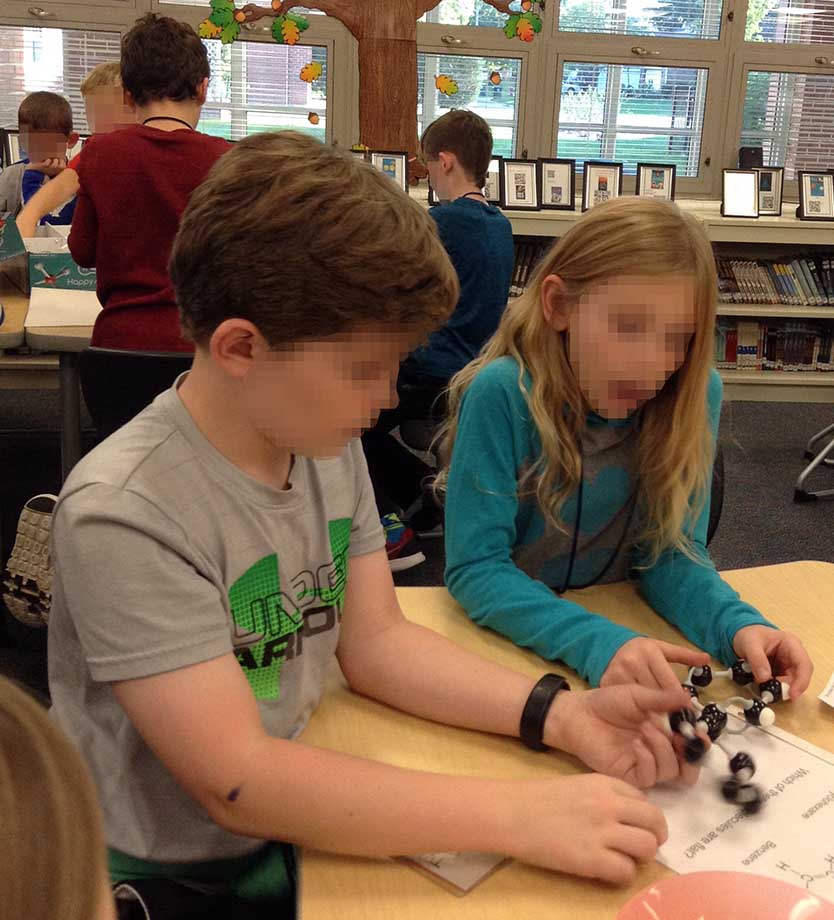
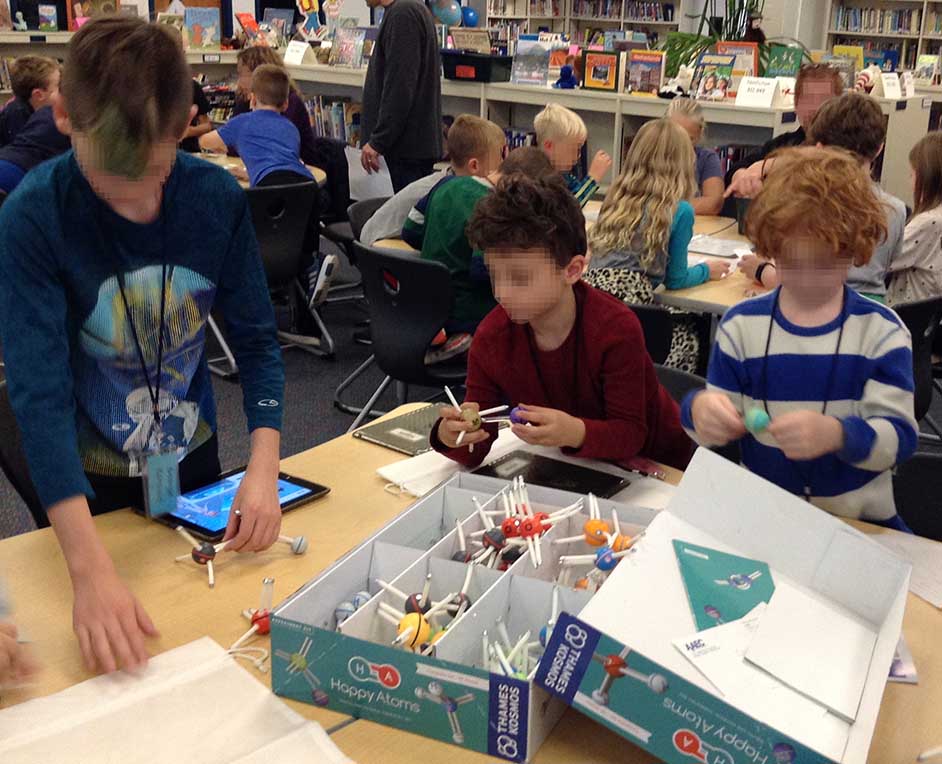


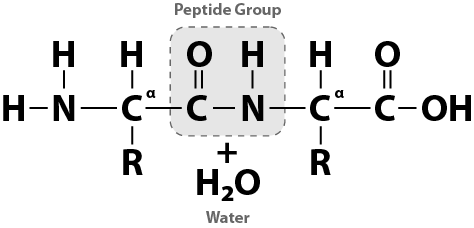
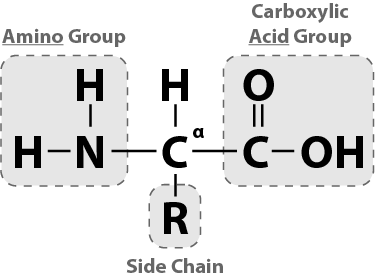
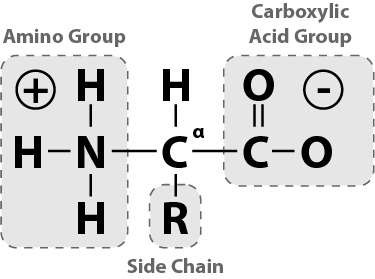



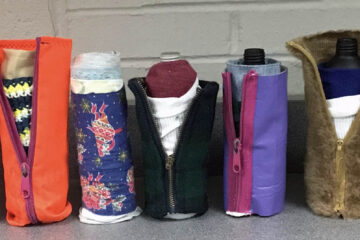
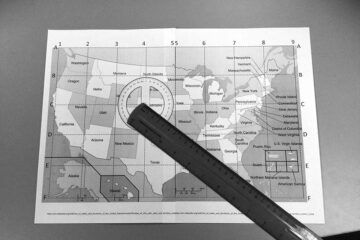
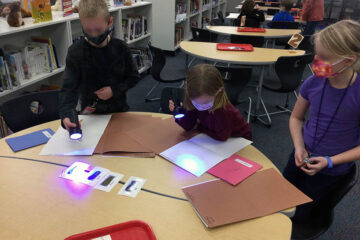
0 Comments